Explore an innovative approach to education with our
Mechanical Engineering
Mechanical Engineering is one of the broadest and most fundamental branches of engineering, rooted in the principles of physics, mathematics, and material science. It deals with the design, analysis, manufacturing, and maintenance of mechanical systems, making it essential to nearly every industry—from automotive and aerospace to energy, robotics, and manufacturing. Mechanical engineers play a key role in transforming ideas into real, working products, whether it’s developing high-performance engines, designing advanced medical devices, or creating efficient renewable energy systems.
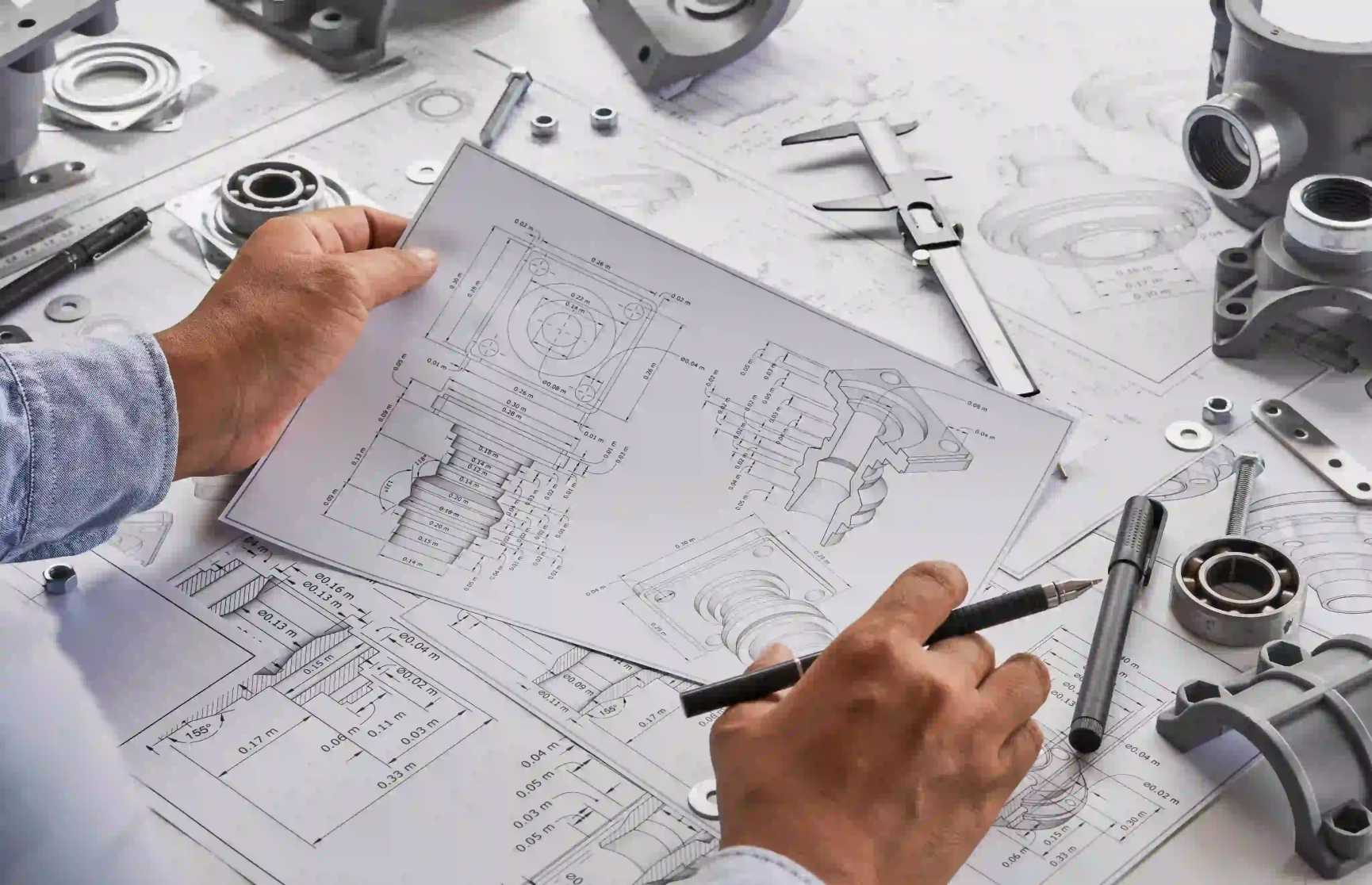
Car design
IC engine design
AutoCad
Catia
HEV
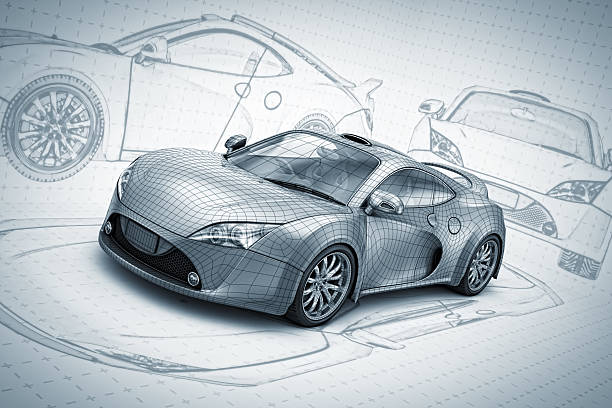
Car design is a multidisciplinary process that blends aesthetics, functionality, engineering, and innovation to create vehicles that are not only visually appealing but also safe, efficient, and comfortable. It involves careful consideration of factors such as aerodynamics, materials, ergonomics, and user experience, while also incorporating cutting-edge technologies like electric propulsion and autonomous driving systems. Designers work closely with engineers to balance form and function, ensuring that the car meets both the performance and environmental standards of modern consumers. As the automotive industry continues to evolve with advancements in electric vehicles, smart connectivity, and sustainability, car design plays a pivotal role in shaping the future of mobility, offering both design-driven creativity and technical precision.

Car design is a multidisciplinary process that blends aesthetics, functionality, engineering, and innovation to create vehicles that are not only visually appealing but also safe, efficient, and comfortable. It involves careful consideration of factors such as aerodynamics, materials, ergonomics, and user experience, while also incorporating cutting-edge technologies like electric propulsion and autonomous driving systems. Designers work closely with engineers to balance form and function, ensuring that the car meets both the performance and environmental standards of modern consumers. As the automotive industry continues to evolve with advancements in electric vehicles, smart connectivity, and sustainability, car design plays a pivotal role in shaping the future of mobility, offering both design-driven creativity and technical precision.
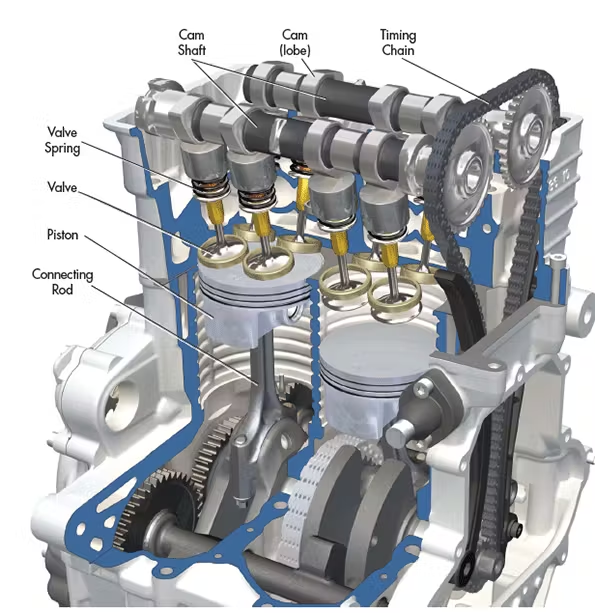
IC (Internal Combustion) engine design is the process of developing and optimizing the components and systems that convert fuel into mechanical energy to power vehicles and machines. It involves a deep understanding of thermodynamics, fluid mechanics, materials science, and control systems to ensure that the engine performs efficiently, reliably, and with minimal emissions. Key aspects of IC engine design include the configuration of the engine (e.g., inline, V-type, or flat), the combustion chamber design, fuel injection systems, valve timing, and cooling mechanisms. Engineers aim to strike a balance between performance, fuel efficiency, and environmental impact, often incorporating innovations such as turbocharging, variable valve timing, and hybrid technologies. As the automotive and industrial sectors move toward more sustainable solutions, IC engine design continues to evolve, focusing on cleaner technologies, improved efficiency, and lower emissions while maintaining power and performance.

IC (Internal Combustion) engine design is the process of developing and optimizing the components and systems that convert fuel into mechanical energy to power vehicles and machines. It involves a deep understanding of thermodynamics, fluid mechanics, materials science, and control systems to ensure that the engine performs efficiently, reliably, and with minimal emissions. Key aspects of IC engine design include the configuration of the engine (e.g., inline, V-type, or flat), the combustion chamber design, fuel injection systems, valve timing, and cooling mechanisms. Engineers aim to strike a balance between performance, fuel efficiency, and environmental impact, often incorporating innovations such as turbocharging, variable valve timing, and hybrid technologies. As the automotive and industrial sectors move toward more sustainable solutions, IC engine design continues to evolve, focusing on cleaner technologies, improved efficiency, and lower emissions while maintaining power and performance.
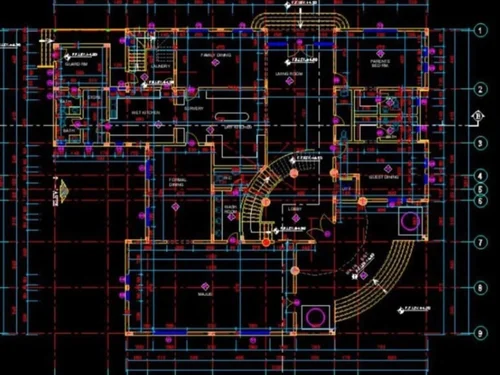
AutoCAD is a powerful computer-aided design (CAD) software widely used for drafting and designing 2D and 3D models across various industries, including architecture, engineering, and manufacturing. Developed by Autodesk, AutoCAD enables users to create precise and detailed drawings with advanced tools for editing, annotation, and dimensioning. Its versatility allows professionals to design everything from building blueprints to mechanical components and electrical layouts. AutoCAD’s user-friendly interface, combined with extensive libraries of symbols, templates, and materials, helps streamline the design process, enhancing productivity and accuracy. With continuous updates and cloud-based collaboration features, AutoCAD remains an essential tool for designers and engineers, helping them bring their ideas to life with precision and efficiency.

AutoCAD is a powerful computer-aided design (CAD) software widely used for drafting and designing 2D and 3D models across various industries, including architecture, engineering, and manufacturing. Developed by Autodesk, AutoCAD enables users to create precise and detailed drawings with advanced tools for editing, annotation, and dimensioning. Its versatility allows professionals to design everything from building blueprints to mechanical components and electrical layouts. AutoCAD’s user-friendly interface, combined with extensive libraries of symbols, templates, and materials, helps streamline the design process, enhancing productivity and accuracy. With continuous updates and cloud-based collaboration features, AutoCAD remains an essential tool for designers and engineers, helping them bring their ideas to life with precision and efficiency.
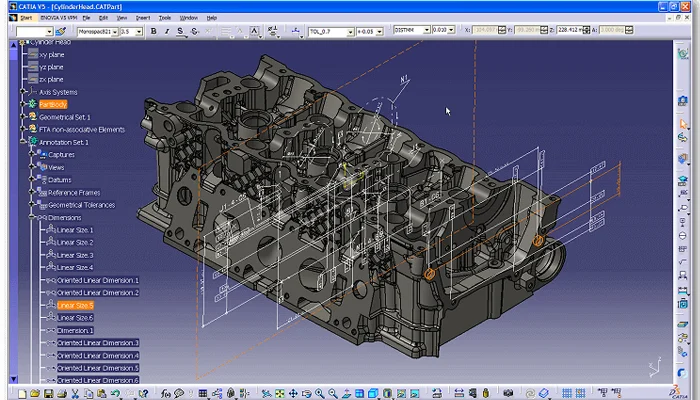
CATIA (Computer Aided Three-Dimensional Interactive Application) is a powerful CAD (Computer-Aided Design) software suite developed by Dassault Systèmes, widely used in industries like aerospace, automotive, and industrial machinery for product design and engineering. Known for its advanced 3D modeling capabilities, CATIA allows engineers and designers to create highly detailed and complex models with precision. The software supports the entire product development lifecycle, from conceptual design and simulation to manufacturing and assembly, making it an essential tool for multidisciplinary teams. CATIA’s robust features for surface modeling, parametric design, and design validation make it a preferred choice for industries requiring high levels of complexity and accuracy. With its integration of various engineering disciplines and support for collaborative design processes, CATIA continues to be a leading solution for innovative and efficient product development.

CATIA (Computer Aided Three-Dimensional Interactive Application) is a powerful CAD (Computer-Aided Design) software suite developed by Dassault Systèmes, widely used in industries like aerospace, automotive, and industrial machinery for product design and engineering. Known for its advanced 3D modeling capabilities, CATIA allows engineers and designers to create highly detailed and complex models with precision. The software supports the entire product development lifecycle, from conceptual design and simulation to manufacturing and assembly, making it an essential tool for multidisciplinary teams. CATIA’s robust features for surface modeling, parametric design, and design validation make it a preferred choice for industries requiring high levels of complexity and accuracy. With its integration of various engineering disciplines and support for collaborative design processes, CATIA continues to be a leading solution for innovative and efficient product development.
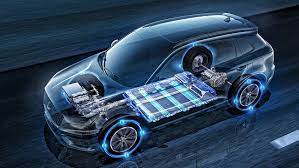
Hybrid and Electric Vehicles (HEVs) are a category of vehicles that utilize electric motors and/or batteries alongside traditional internal combustion engines (ICE) to improve fuel efficiency and reduce carbon emissions. These vehicles have become an integral part of the automotive industry's push towards more sustainable and environmentally friendly transportation solutions.

Hybrid and Electric Vehicles (HEVs) are a category of vehicles that utilize electric motors and/or batteries alongside traditional internal combustion engines (ICE) to improve fuel efficiency and reduce carbon emissions. These vehicles have become an integral part of the automotive industry's push towards more sustainable and environmentally friendly transportation solutions.
At Teachnook, we offer students a structure of learning that helps them
Register with us
You will get a call from one of our senior executives.
Provide the required information
Pay the course fee
Kudos! You have access to the course modules.

Frequently Asked Questions (FAQS)
Visit our FAQ section for prompt responses to frequently asked questions. If you are unable to locate the information you need, please feel free to contact us.
Gradmantra is an online learning platform offering a wide range of courses designed to equip students and professionals with industry-relevant skills. We provide structured learning paths, expert-led video lectures, hands-on projects, and certification options.
Our instructors are verified industry experts, university professors, and certified professionals with proven experience in their respective domains. Each instructor undergoes a strict vetting process before being approved to teach.
Most of our courses are self-paced, allowing you to learn at your convenience. Some programs, especially bootcamps or certification paths, may have fixed schedules or live sessions.
Yes, upon successful completion of a course and meeting the assessment requirements, you will receive a verifiable digital certificate from Gradmantra.
Yes. Once enrolled, you have lifetime access to the course content, including updates, unless stated otherwise.
Learners have access to email and chat support, a community discussion forum, and in some courses, live mentor sessions. Our goal is to ensure you're never stuck without help.
Gradmantra collaborates with several academic institutions and industry partners. While we are not a degree-granting institution, our certifications are recognized by various employers and serve as a credible addition to your resume or LinkedIn profile.